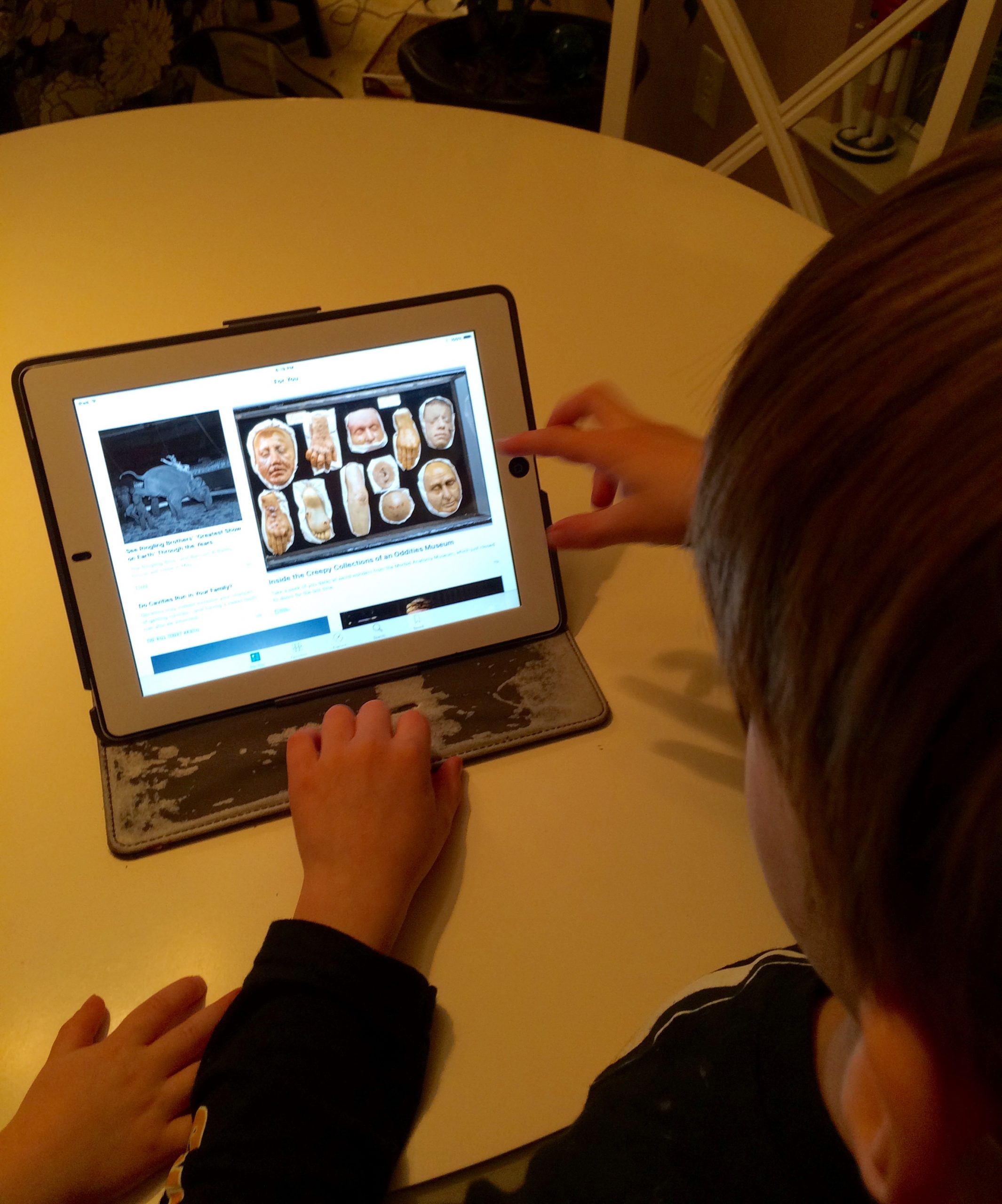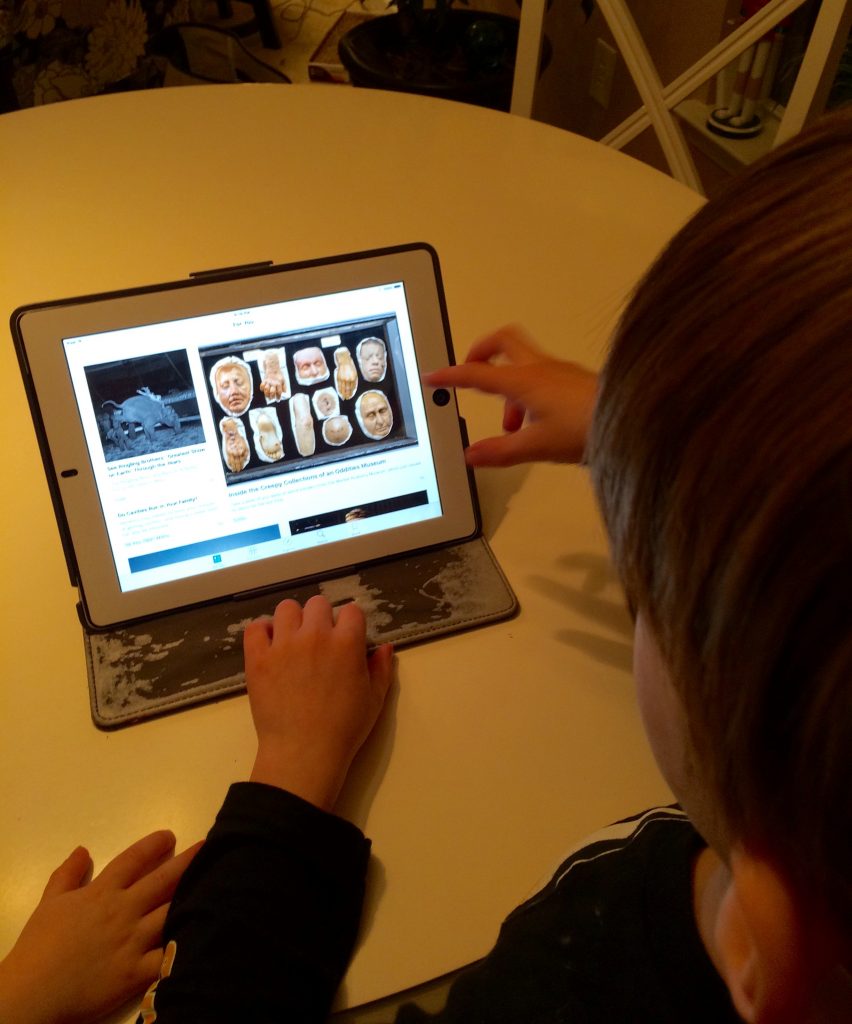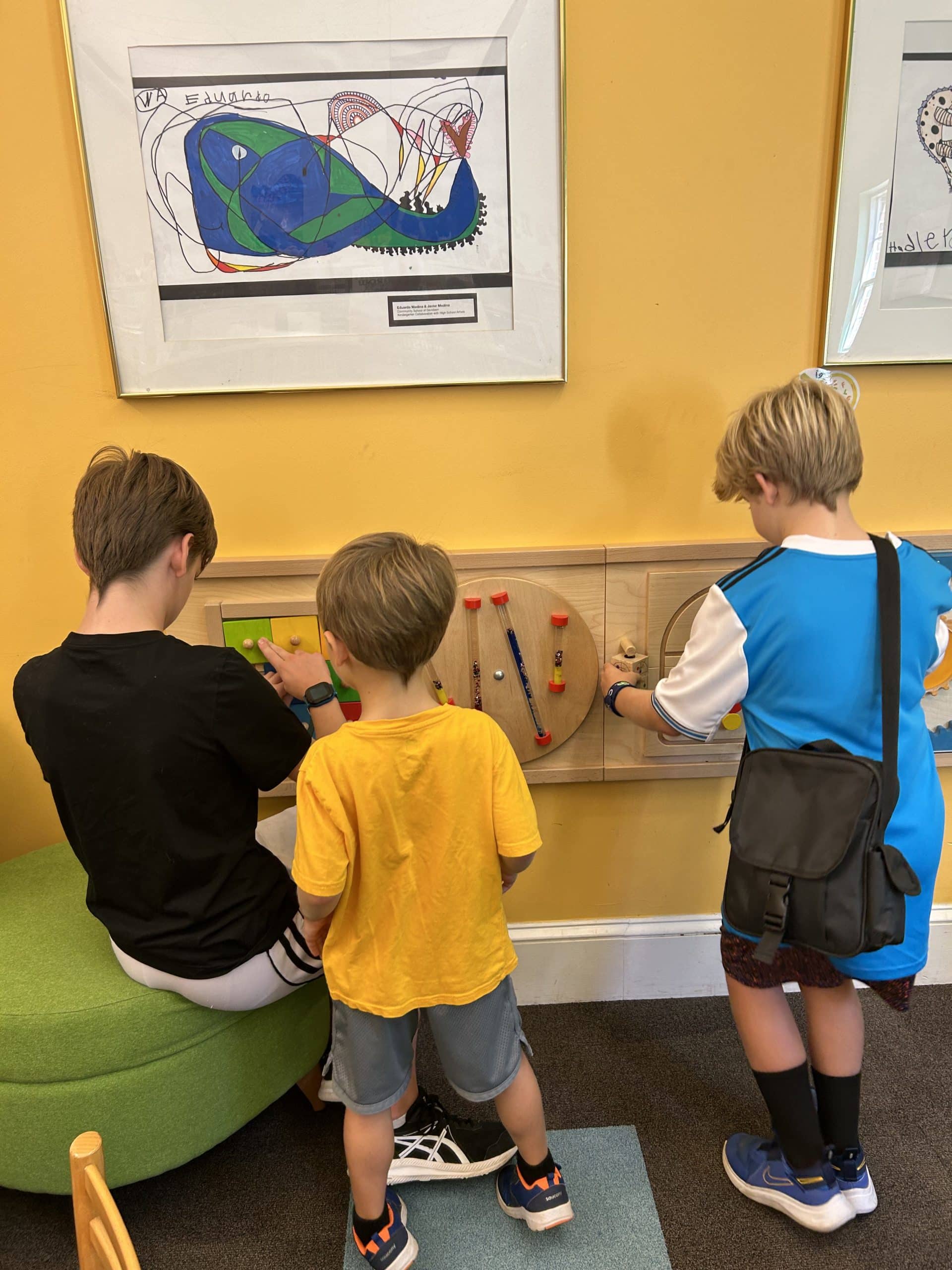Media literacy is needed in our schools. For that reason, connecting the school curriculum with the student’s home is necessary. In doing so, a sound framework in the classroom is imperative. By taking media literacy into the classroom students become engaged with ‘real life’ learning. Consequently, they become more aware of what they experience through media at home.

Students from elementary school through college spend a good bit of time consuming mass media. On average, they spend four-and-a half hours a day using television, video games, computers and smart phones. So, they need to have the tools to evaluate and analyze the messages they are receiving at home. Children need to become more cultured in the use of mass communications through tablets and computers. Therefore, students must distinguish between reality and fantasy of what they see and hear.
The Importance of Media Education
We can no longer separate music, TV, computers, etc from school. These communicative tools have a strong influence on how students see the world. Through literacy, we encourage students to question, evaluate, understand and appreciate our multimedia culture. Therefore, it provides relevance to the core subjects taught in school. And, it begins the learning at the place students are most familiar – music, comics, TV, video games, the Internet and the advertising of products. This becomes a catalyst for learning. Also, it provides students with hand’s on learning and real world applications.
According to NAMLE, (the National Association for Media Literacy Education) its purpose is “to help students develop the habits of inquiry and skills of expression they need to be critical thinkers, effective communicators and active citizens in today’s world.”
Teaching what students learn on their tablets and computers is a hot topic in today’s classrooms. In addition, it is an essential skill in every state. Most of all, it is part of the Common Core Standards.
Educating students on how to decipher what they read and see through advertisements, iPads ad computers is imperative. Hence, it teaches them to understand various perspectives and perceptions of a given message.




